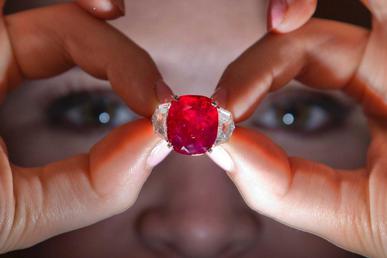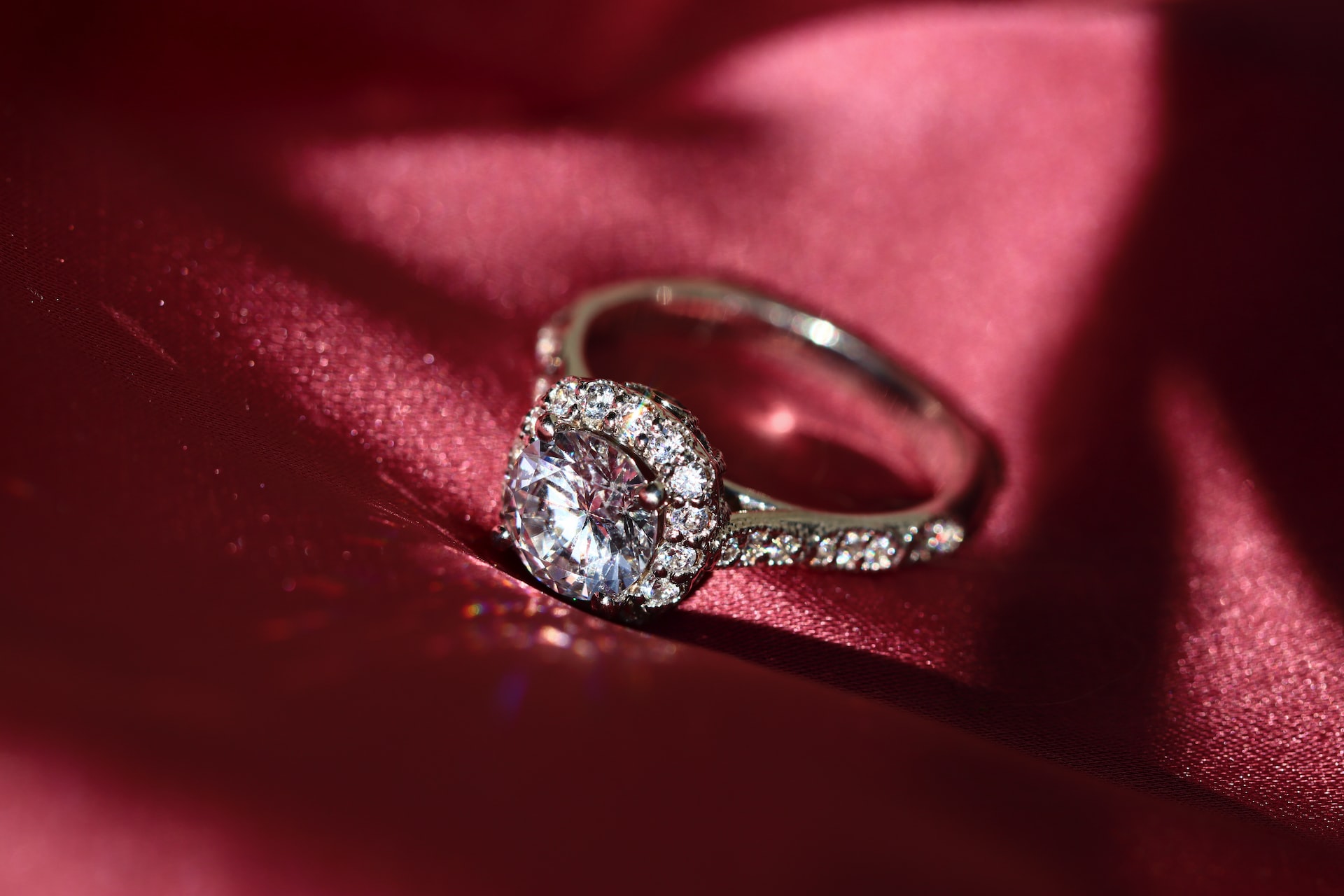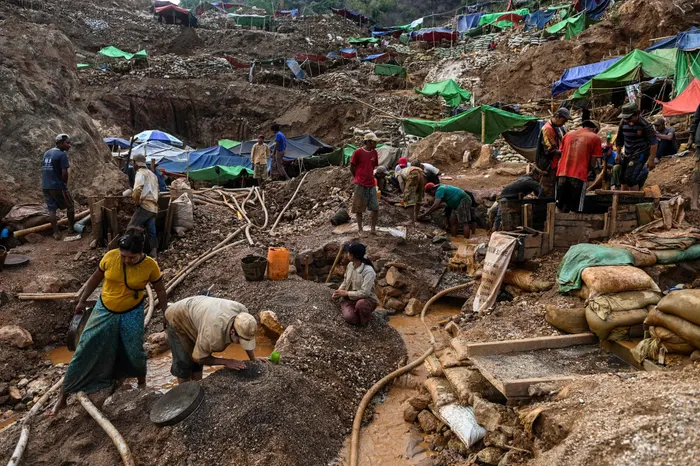Gems have been revered for their beauty and rarity for centuries, with their unique properties and brilliant luster making them highly valued by people all over the world. However, one aspect of gems that is often overlooked is their electrical conductivity. In this article, we will explore the question of whether gems can conduct electricity and what this could mean for the future of jewelry and technology.
We will examine the properties of different types of gems and see how they compare to traditional conductive materials like metals. We will also consider the potential implications of gems’ electrical conductivity for their use in various industries, including electronics and jewelry design. So, if you’ve ever wondered whether gems can conduct electricity, read on to find out!
 The Properties of different types of Gems
The Properties of different types of Gems
- Hardness: Measured on the Mohs scale, with diamonds being the hardest (10) and talc being the softest (1).
- Density: Refers to the amount of mass per unit volume and varies depending on the type of gem.
- Refractive index: Determines how much light is bent when it enters a gem and affects its brilliance and fire.
- Specific gravity: A measure of the gem’s weight compared to water.
- Color: Gems come in a range of colors due to impurities or structural arrangements in the crystal.
- Transparency: Some gems are transparent, while others are opaque.
- Luminescence: Some gems emit light when exposed to ultraviolet light or heat.
- Thermal conductivity: Determines how quickly heat moves through the gem.
- Electrical conductivity: Gems are insulators and do not conduct electricity.
These properties can influence the value, durability, and appearance of a gem and help determine its suitability for various applications.
What is Electric conductivity?
Electric conductivity is the measure of a material’s ability to conduct electrical current. It is a property of a material that is determined by the ease with which electrons can flow through it. Materials with high electrical conductivity, such as metals, allow electrical current to flow easily and are often used in electrical wiring and electronic devices.
Materials with low electrical conductivity, such as insulators, resist electrical current and are used to prevent electrical short circuits. The electrical conductivity of a material is influenced by its atomic structure, composition, and temperature. It is an important property in many fields, including electronics, physics, and materials science.
 Examples of the Gems that conduct Electricity
Examples of the Gems that conduct Electricity
There are no naturally occurring gems that have significant electrical conductivity. Some gems can be treated or modified in a laboratory to enhance their electrical conductivity, but these materials are not typically considered gems in their modified form. For example, certain synthetic materials, such as diamond-like carbon (DLC) or diamond-like nanocomposites, have been developed with enhanced electrical conductivity compared to natural diamonds.
However, they are not considered gems in the traditional sense. Additionally, some minerals, such as graphite and graphene, are known for their electrical conductivity, but they are not typically considered gems due to their lower value and lack of gem-like qualities.
How do they Compare to Traditional Conductive Materials like Metals?
- Metals are excellent conductors of electricity, allowing electrical current to flow easily through them.
- Gems, on the other hand, are insulators and do not conduct electricity well.
- Metals are often used in electrical wiring and electronic devices because of their conductive properties.
- Gems are used for ornamental and decorative purposes, not for their electrical conductivity.
- The electrical conductivity of metals is a result of their metallic bonding, in which electrons are free to move through the metal lattice. Gems, however, have ionic or covalent bonds that prevent the free flow of electrons and result in their insulating properties.
 So, Can Gems Conduct Electricity?
So, Can Gems Conduct Electricity?
In conclusion, naturally occurring gems do not have significant electrical conductivity and are generally considered insulators. While some gems can be modified in a laboratory to enhance their electrical conductivity, these materials are not typically considered gems in the traditional sense.
Gems are valued for their beauty, rarity, and other physical and optical properties, not for their electrical conductivity. The lack of electrical conductivity in gems makes them useful for ornamental and decorative purposes but limits their use in electronic applications where electrical conductivity is required.
Ever wondered whether gems can live forever? Read it here.


 Examples of the Gems that conduct Electricity
Examples of the Gems that conduct Electricity So, Can Gems Conduct Electricity?
So, Can Gems Conduct Electricity?







